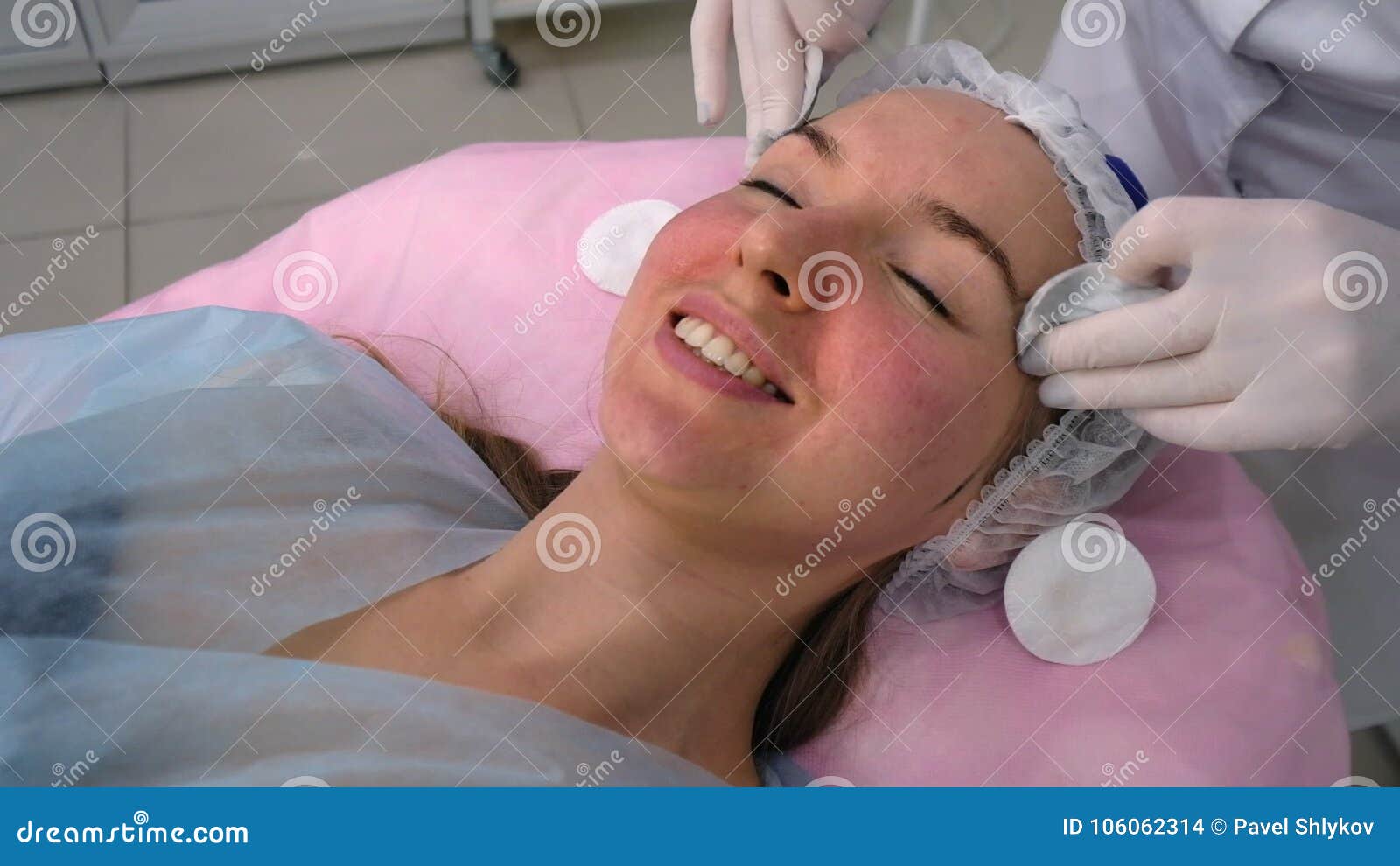

You may experience a hot, burning sensation as the photosensitizer on your skin reacts with the light energy. Photodynamic therapy, particularly the type used to treat actinic keratosis, can be quite painful.It’s a viable alternative to Accutane for people with cystic acne. Severe acne that has persisted through many other treatment options may finally be cleared by photodynamic therapy.It’s a noninvasive skin cancer treatment that shouldn’t leave any scars.PDT can permanently remove precancerous skin lesions and nonmelanoma skin cancers in just one session.RealSelf Tip: Beyond its benefits in the realm of dermatology, PDT, sometimes called photochemotherapy or photoradiation therapy, is also a treatment for cancerous tumors throughout the body, including lung cancer, esophageal cancer, and pancreatic cancer. However, it’s unlikely your dermatologist will recommend PDT first if those are your primary skin concerns, given the prevalence of many other proven and better-tolerated skin rejuvenation treatments. One 2014 review of studies and clinical trials details improvements in skin elasticity, fine lines, and hyperpigmentation following photodynamic therapy. “Published studies on PDT have shown not only improvement of precancerous spots but measurable improvement in sunspots, broken blood vessels, collagen production, and skin texture,” says San Diego dermatologic surgeon Dr. PDT is also a viable treatment for certain types of cancer-particularly nonmelanoma skin cancers, such as squamous cell carcinoma and superficial basal cell carcinoma-because of its ability to target and kill cancer cells.ĭermatologists have also found success using PDT off label, to treat severe acne, psoriasis, and rosacea as well as improve overall skin tone and texture by stimulating the production of collagen. Food and Drug Administration (FDA) for treatment on the face and scalp.

This type of photodynamic therapy has approval from the U.S. The most common approach combines a photosensitizing agent called 5-aminolevulinic acid (ALA) with blue light. They’re a form of sun damage that can become cancerous if left untreated, so doctors recommend removing AK skin lesions early. Actinic keratoses develop as a result of long-term exposure to the sun.

Photodynamic therapy (PDT) combines light energy with drugs called photosensitizers to treat a variety of skin conditions.ĭermatologists most frequently use photodynamic therapy to treat actinic keratosis (AK), a precancerous skin condition that presents as rough, scaly patches.


 0 kommentar(er)
0 kommentar(er)
